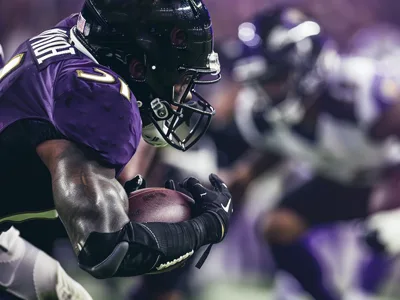Sharps factor in climate, stadium type and seasonal patterns when making long-term predictions
Weather can be a subtle but influential factor in shaping NFL futures predictions. While injuries, roster changes, and coaching strategies usually get more attention, seasonal and location-based weather patterns can play a role in how oddsmakers and bettors assess a team’s chances months before the Super Bowl.
One of the primary considerations is how a team is built to handle its home climate. Teams in colder regions like Green Bay, Buffalo, or Chicago often have rosters and playbooks suited to late-season games in freezing temperatures and snow.
This might mean a heavier reliance on the running game, strong offensive lines, and defenses that thrive in low-scoring contests. Conversely, warm-weather or dome teams—such as Miami or New Orleans—may need to adjust when traveling to cold, windy environments in December or January, which can impact projected playoff performance.
Wind is often underestimated in preseason futures analysis. While cold or heat can affect player stamina and ball handling, wind directly influences the passing game and kicking accuracy. A team heavily dependent on long passing plays might be considered slightly riskier in future markets if several late-season games are scheduled in open-air stadiums known for high winds.
Rain and snow can slow down offensive tempo and lead to higher turnover rates, which sometimes benefit underdog teams in matchups. Futures bettors may consider how many late-season outdoor games a team has on the schedule, particularly in regions prone to heavy precipitation.
Another subtle factor is altitude and temperature shifts. Teams like Denver enjoy a home-field advantage due to thinner air, which can affect both stamina and kicking range. Future predictions may weigh how often teams travel to and from such environments.


